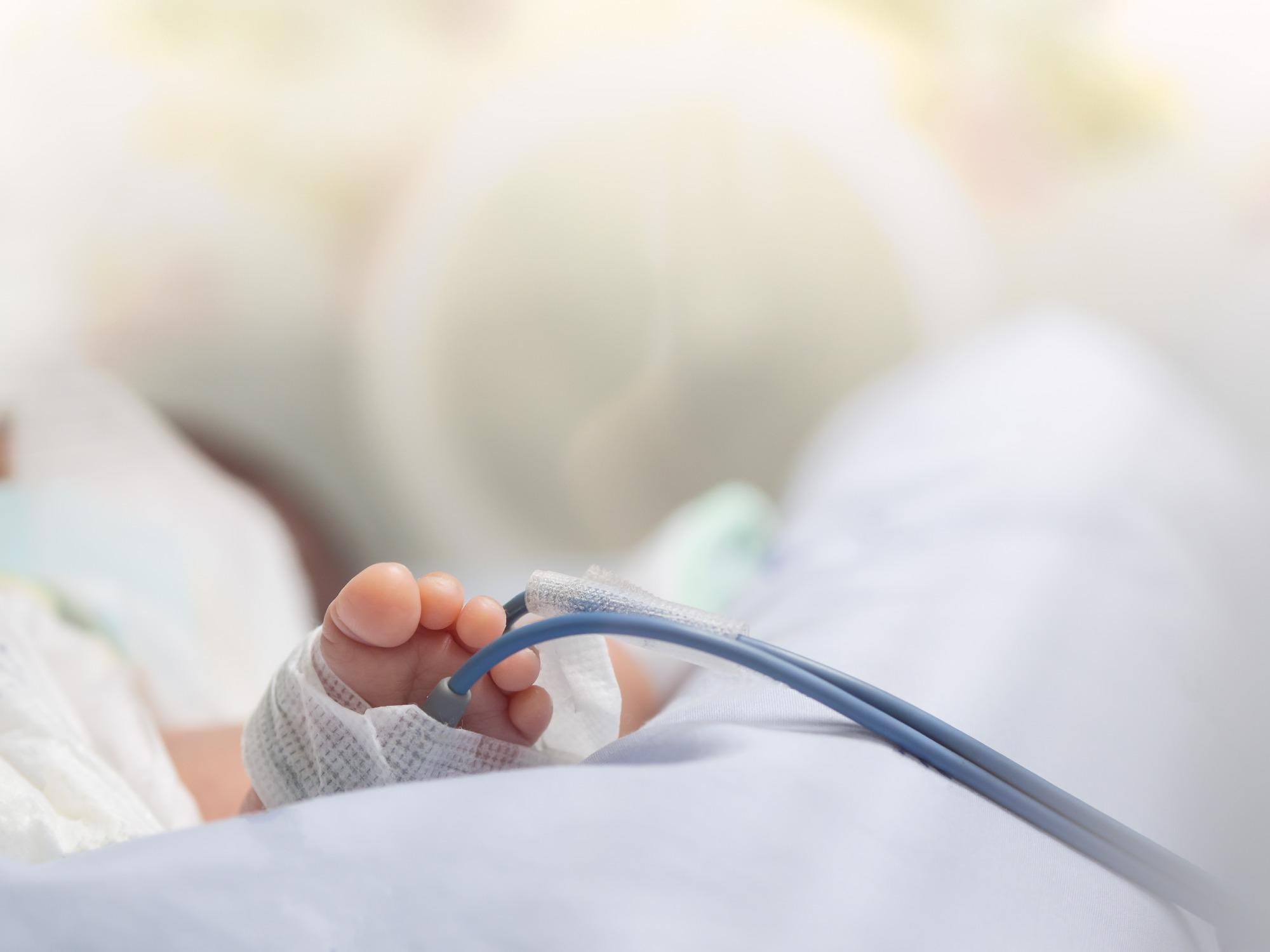[ad_1]
Even as the Omicron variant of the severe acute respiratory syndrome coronavirus 2 (SARS-CoV-2) continues to spread worldwide, interest in understanding the sequelae of the disease is growing. A new preprint research paper examines the outcomes of babies born to mothers infected with the virus during pregnancy.
 Study: Neonatal outcomes and indirect consequences following maternal SARS-CoV-2 infection in pregnancy: A systematic review. Image Credit: StockKK / Shutterstock
Study: Neonatal outcomes and indirect consequences following maternal SARS-CoV-2 infection in pregnancy: A systematic review. Image Credit: StockKK / Shutterstock
Introduction
From the beginning of the pandemic, pregnancy was considered a high-risk condition for SARS-CoV-2 infection. Thus, pregnant women were thought to be at higher risk for severe Coronavirus disease 2019 (COVID-19) than women in general. In addition, women who get this infection during pregnancy may experience worse outcomes, including preterm birth, preeclampsia, and cesarean section, according to some reports.
With increasing research, it seems clear that neonatal infections are typically mild and vertical transmission rare. Most adverse effects in the neonate are indirectly caused by the infection, such as being born to a sick mother rather than being directly caused by the virus. Nevertheless, this does not preclude neurodevelopmental sequelae in the infants, as it did with the Zika virus, though few studies have been conducted in this area.
Using published literature, the researchers analyzed the neonatal outcomes of this group of women in the current research paper, available on the medRxiv* preprint server.
What Did the Study Show?
The study examined just over 200 papers, mostly cohort studies, from 16 countries. Most of the participants were from wealthy countries, with only one coming from a poor country. This suggests that the results may be biased. The periods covered by these papers extended from December 2019 to February 2022.
Of the nearly 840,000 pregnancies, there were about 800,000 live births, including 57,000 mothers with SARS-CoV-2 infection who delivered over 45,600 babies. Most of these mothers had been infected in the third trimester. Less than 10% of studies included women with second-trimester infection, who made up less than 3% of the total.
The proportion of first-trimester participants was less than 1.5%, participating in fewer than a tenth of the studies.
Neonatal outcomes were not uniformly reported, except for admission to a neonatal intensive care unit (NICU), which occurred in just above a tenth of infants. However, the reason was not reported in all cases, making it unclear as to whether the admission was for observation/isolation or because of neonatal illness.
Reporting for non-invasive respiratory support, neurological disease or necrotizing enterocolitis was available for less than one in eight infants, and as such, these events occurred in less than 1% each. One large study found that most of the need for respiratory support in babies born to SARS-CoV-2-infected mothers in excess of the baseline could have been due to prematurity. It was not possible to examine how this could be related to possible neurological sequelae.
One in seven pregnancies ended in preterm birth, an effect primarily attributable to the very high rates in four small studies. Most larger studies also showed a smaller increase in prematurity rates, with the increase being much more significant in very rich countries compared to rich countries, at 23% vs. 16%. Low birth weight was uncommon, at 0.5%, though 4% of infants were reported to be small for gestational age.
Larger studies also showed an association with Cesarean birth, at 38%. Breastfeeding was found to be associated with asymptomatic infection and negatively associated with separation from the baby. The latter was also associated, in one study, with features of impaired emotional and social development.
One study showed a doubled incidence of auditory abnormalities in babies born to infected mothers, at 45% vs. 24%. Mortality rates were unaffected by maternal infection.
What Are the Implications?
This is the most extensive study to undertake a systematic review of the outcomes of babies born to mothers with SARS-CoV-2 infection in pregnancy. While prematurity was associated with such a diagnosis, the rates were highest in the wealthiest countries, perhaps due to medically induced preterm births.
The reasons for increased NICU admission following this diagnosis in pregnancy remain unclear, though some of these admissions are likely to have been because of preterm birth or severe maternal COVID-19. However, since such specialist care is not available in all settings, this cannot be relied on to indicate the rate of neonatal illness.
Respiratory illness in the neonate is suggested to be primarily related to prematurity. However, more research will be necessary to understand how maternal infections are related to early infancy outcomes using standardized, validated tools, especially given the small studies that indicated abnormal hearing in healthy neonates following such exposure.
Severe neonatal illness following SARS-CoV-2 was not found in this review, but some case reports have emerged, indicating that this is a possibility, although uncommon.
The biggest take-away from this review is the need for more data about the effects of SARS-CoV-2 in pregnancy on neonates in resource-poor settings and about the long-term sequelae in infants and children born in such a situation. This is crucial to formulating adequate guidelines and counseling families about risks appropriately.
“Neonatal and child health researchers should attempt to address this crucial evidence gap to adequately inform families, healthcare professionals, and public health responses.”
*Important notice
medRxiv publishes preliminary scientific reports that are not peer-reviewed and, therefore, should not be regarded as conclusive, guide clinical practice/health-related behavior, or treated as established information.
[ad_2]
Original Source Link

 PARENTING TIPS
PARENTING TIPS PREGNANCY
PREGNANCY BABY CARE
BABY CARE TODDLERS
TODDLERS TEENS
TEENS HEALTH CARE
HEALTH CARE ACTIVITIES & CRAFTS
ACTIVITIES & CRAFTS

